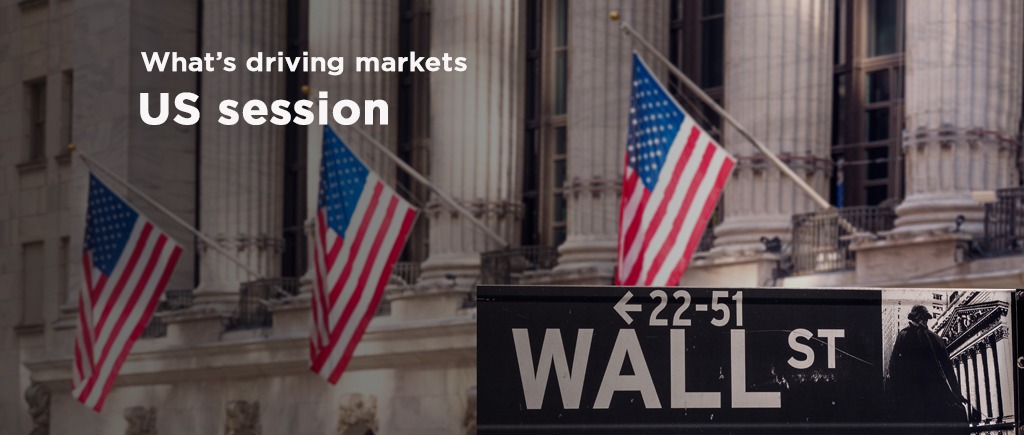The ongoing US federal government shutdown is casting a long shadow over global markets, prompting a partial rebound in the US Dollar after days of declines. This political impasse isn’t just a domestic headache—it’s amplifying economic uncertainties worldwide, especially as key data releases loom. With no end in sight, investors are left grappling with how this disruption could distort upcoming indicators like September’s Nonfarm Payrolls and Unemployment Rate. Yet, amid this vacuum, final PMI readings from Europe and the US offer a critical glimpse into service sector resilience, potentially signaling whether the shutdown’s effects are contained or spilling over.
Unpacking the Dollar’s Rebound and Currency Ripples
Thursday saw the US Dollar Index claw back some ground, reversing a four-day slide amid dented sentiment from the shutdown. This resurgence pressured major currency pairs, highlighting how US political gridlock can swiftly influence global exchange rates. EUR/USD dipped toward weekly lows around 1.1700, reflecting eurozone vulnerabilities even as final HCOB Services PMIs for Germany and the broader bloc are set to provide fresh insights. Similarly, GBP/USD faced headwinds, slipping to three-day lows near 1.3410 ahead of the UK’s final S&P Global Services PMI.
Across the Pacific, USD/JPY snapped its losing streak, finding support near the 146.60-146.50 zone after testing its 100-day simple moving average. Japan’s final S&P Global Services PMI could underscore contrasting economic stability in the region. Meanwhile, AUD/USD breached the 0.6600 support, hitting two-day lows around 0.6580, with Australia’s PMI data poised to reveal if commodity-driven economies are buckling under the pressure. These movements underscore a core argument: the shutdown isn’t isolated; it risks triggering a chain reaction in currencies, where a stronger dollar could exacerbate trade imbalances and slow emerging market growth. Opponents might argue that such volatility is short-lived, but historical precedents—like the 2018-2019 shutdown—show how prolonged disruptions erode confidence and delay recoveries, making this episode potentially more damaging in a post-pandemic world.
Commodities Under Siege: Oil and Metals in the Crosshairs
The shutdown’s uncertainty has also hammered commodities, with WTI crude plunging below $61 per barrel to five-month lows amid oversupply fears. This downward spiral illustrates how political instability can amplify supply-side pressures, potentially curbing global energy demand if economic activity falters.
Precious metals tell a similar tale of turbulence. Gold teased record highs near $3,900 per troy ounce before retreating to $3,830, driven by the dollar’s revival and rising yields. Still, the shutdown’s fog could limit further drops, as safe-haven demand persists. Silver mirrored this volatility, approaching $48 per ounce before easing. These swings argue that commodities aren’t immune to US politics; they could face prolonged weakness if the impasse drags on, contrasting with views that attribute declines solely to market fundamentals. Evidence from past shutdowns suggests such events often lead to temporary safe-haven bids, but sustained uncertainty tends to weigh on prices, especially when data flows are interrupted.
Stubborn Uncertainty: What Lies Ahead with PMIs
As Friday’s data docket unfolds, final PMIs across regions will be pivotal. In the US, the ISM Services PMI and final S&P Global Services PMI arrive amid the shutdown’s data blackout, offering clues on whether service industries—key drivers of growth—are holding firm. Europe and Asia’s readings could highlight divergences, with stronger PMIs potentially buffering against dollar strength.
This moment demands a bold perspective: the shutdown risks morphing from a US-centric issue into a global catalyst for slowdown, unless swift resolution restores data transparency and confidence. While some contend markets will adapt, the interplay of politics and economics here suggests otherwise—delays in critical reports like payrolls could fuel misinformed decisions and heighten volatility. Investors and traders should exercise reasonable caution, staying fully informed on developments to navigate these choppy waters effectively. In the end, resolving this impasse isn’t just about reopening offices; it’s about safeguarding the fragile threads of global economic stability.
 Noor Trends News, Technical Analysis, Educational Tools and Recommendations
Noor Trends News, Technical Analysis, Educational Tools and Recommendations





